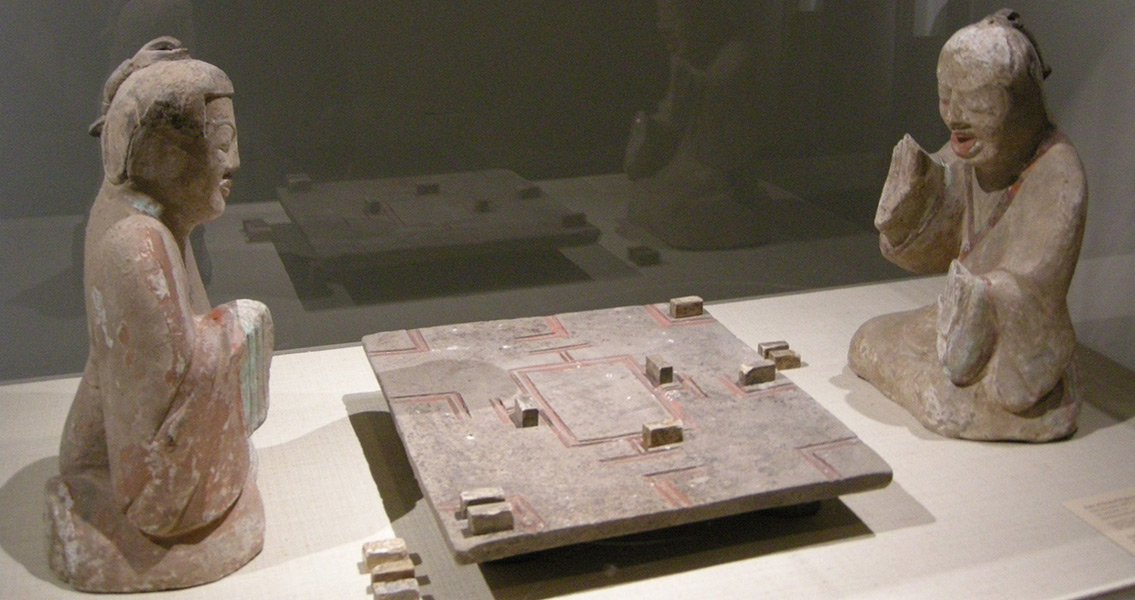<![CDATA[A broken game board and several pieces have been recovered in an ancient tomb in China already known to have been heavily looted over the countless centuries it has been in existence. The 2,300 year old tomb was ostensibly built for aristocrats from the nearby Qingzhou City and the ancient Chinese state known as Qi. The pieces discovered by archaeologists include 21 rectangular numbered tokens, a large broken tile that once comprised the game board, and a single 14-sided die made from animal tooth. The board itself, once reconstructed, had at one time been decorated with a stylized pattern of clouds and thunderbolts, with a pair of eyes in the center, while the die had been numbered in “seal script”, an ancient type of Chinese writing, on 12 of its faces; the remaining two faces were left blank. Researchers believe that the recovered pieces were part of an ancient game referred to as “bo” or “liubo”. The rules of the game have been lost to antiquity, as Bo fell out of favor around 1,500 years ago. While the rules are likely to have changed significantly over the centuries, a 2,200 year old poem attributed to the author Song Yu describes a chess or checkers-like game where two players faced off against each other, pieces were “kinged” and points were earned. The massive scale of the tomb that the pieces were found in is likely part of the reason why the game board and pieces have survived to this day. Over centuries the tomb has been robbed thoroughly according to the archaeologists involved in the discovery, with more than 25 shafts dug into the tomb by those looking to loot the graves within. Countless cultural treasures have disappeared from the coffin chamber, which has been severely damaged by the process, yet the sheer size of the tomb likely led to grave robbers overlooking the game pieces – or perhaps simply dismissing them as worthless. The tomb itself is thought to have claimed the life of at least one looter who attempted to make off with any precious artifacts to be had, as the research team discovered the skeletal remains of an unidentified individual within one of the sunken shafts used to plunder the tomb. It is still to be determined when the tomb robber died, the circumstances surrounding his or her death, or even the age and gender of the individual. The initial excavation of the tomb was conducted in 2004. Archaeological teams from the Shandong Provincial Institute of Cultural Relics and Archaeology as well as the Qingzhou Municipal Museum participated in the dig, with the results of the excavation initially reported in the Chinese-language journal Wenwu in 2014. An English-language version of the article was recently published in the journal Chinese Cultural Relics, which is available here Photos of some of the artifacts excavated from the tomb can be found here Image courtesy of Wikimedia Commons user: sailko]]>
Tomb in China Yields Ancient Game Board and Pieces
